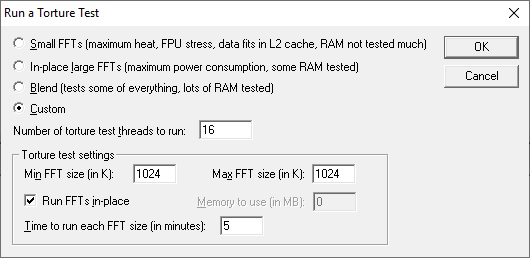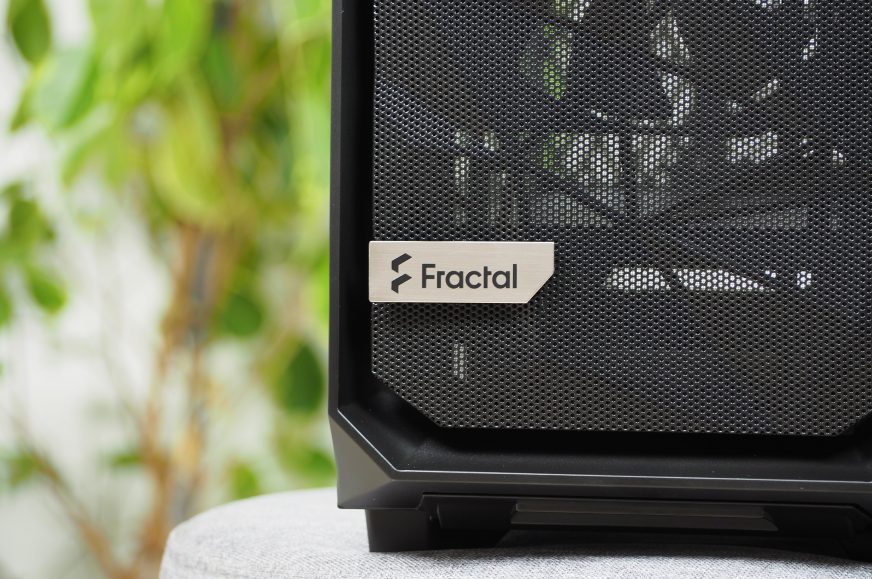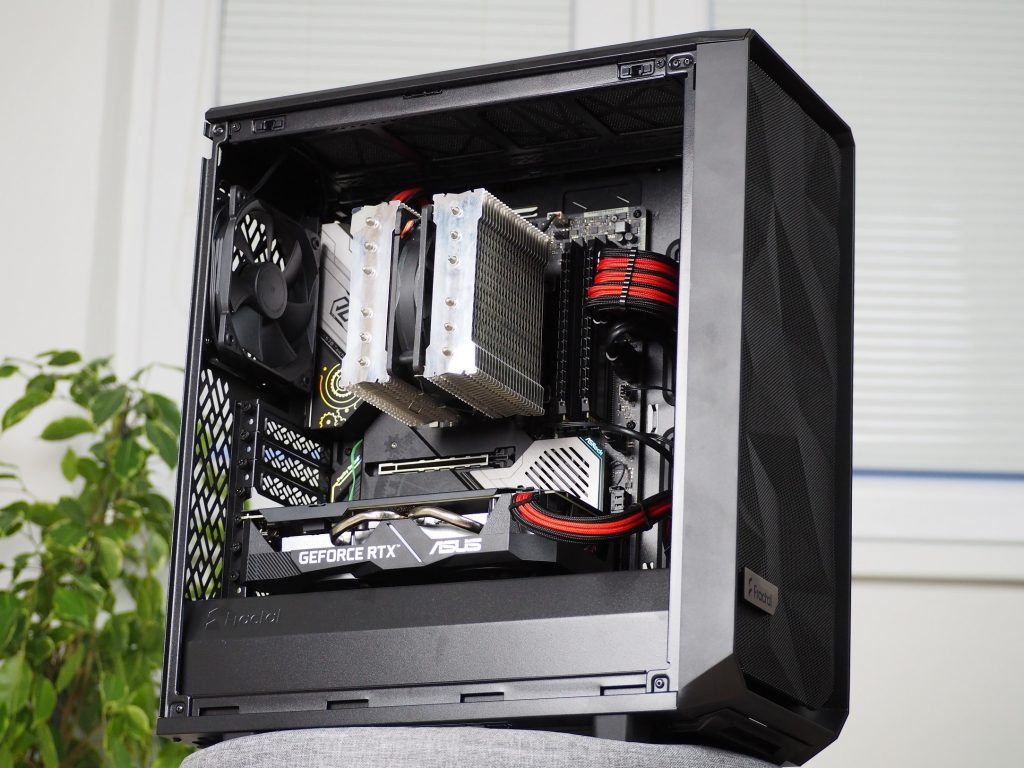Test methodology
The popular Meshify C case from Fractal Design finally has a successor on the market after five years. It was introduced on this day and brings a new soul in the old body. The fact that the case has undergone significant innovations is also evidenced by the weight gain of more than one and a half kilograms. The new Meshify is not heavier for no reason, also thanks to this it leaves the first generation far behind.
Test methodology
Two 140mm fans are at the front for suction and one 120mm at the rear. With this amount, the new compact improved compared to the previous generation, as that had only two 120 mm fans. I will show you how it deals with the currently highly set bar of cheaper cases. I see great potential mainly in the volumetric airflow intake by the two 140 mm fans, in a smaller environment than the competition had.
Testing runs at home, where I try to get the most accurate results. During testing, the room temperature in front of the case is 23 degrees Celsius and the minimum noise that I can measure with the Voltcraft SL-100 sound level meter is 32.4 dBA. The sound level meter sensor is aligned to the center of the top of the case at a distance of 10 cm, for the best possible measurement of the difference in fan speeds, which I control using the motherboard. For easy comparison to other cases, they are always regulated to fixed noise levels.
The individual components are heated for 10 minutes in FurMark synthetic stress tests and in parallel with Prime95 (custom settings). This time is long enough for all components to heat up sufficiently. Between the tests, there are then 15-minute cooldown breaks, during which the temperatures of the components (and also the temperature of the air in the case) return to the initial level.

Mode noise levels:
- 36 dBA
- 38 dBA
- 39 dBA
| Test setup | |
| Processor | AMD Ryzen 7 3700X |
| Motherboard | ASRock X570 Taichi |
| CPU cooler | Scythe Fuma rev. 2 (single fan) |
| Thermal grease | Noctua NT-H2 |
| Graphics card | ASUS RTX 2060 Super Dual |
| RAM | Patriot, 2× 8GB, 3600 MHz/CL17 |
| SSD | - |
| M.2 SATA SSD | Crucial MX500 1TB (2280) |
| Power supply | Corsair RM750X |
| Case | Fractal Design Meshify 2 Compact |
- Contents
- Sophisticated exterior
- Interior for everything
- Test methodology
- CPU and GPU cooling tests
- Motherboard cooling tests
- SSD cooling tests and heating under the top panel
- Conclusion












